Dating in the 1960s was a mix of charm, formality, and strict societal expectations. These rules might seem bizarre today, but back then, they were just how things were done. Let’s take a look at the dating etiquette that shaped romance in the swinging sixties.
1. The Girl Had to Wait by the Phone

Once the invitation was extended, girls often sat by the phone, waiting for a call to confirm the date. No texting or DMing here—patience was a virtue, and the phone cord was your tether to the social world.
2. The Boy Always Asked the Girl Out
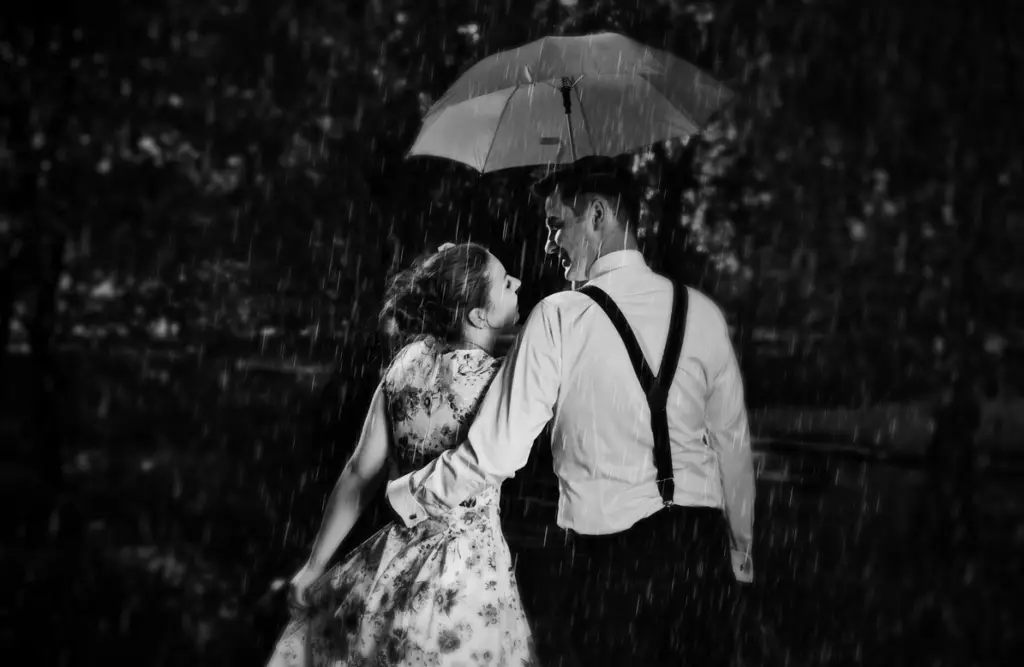
It was the guy’s job to muster up the courage to ask the girl for a date. A girl who pursued a boy too aggressively risked being labeled “forward,” a term no one wanted on their reputation.
3. Parents Had to Approve
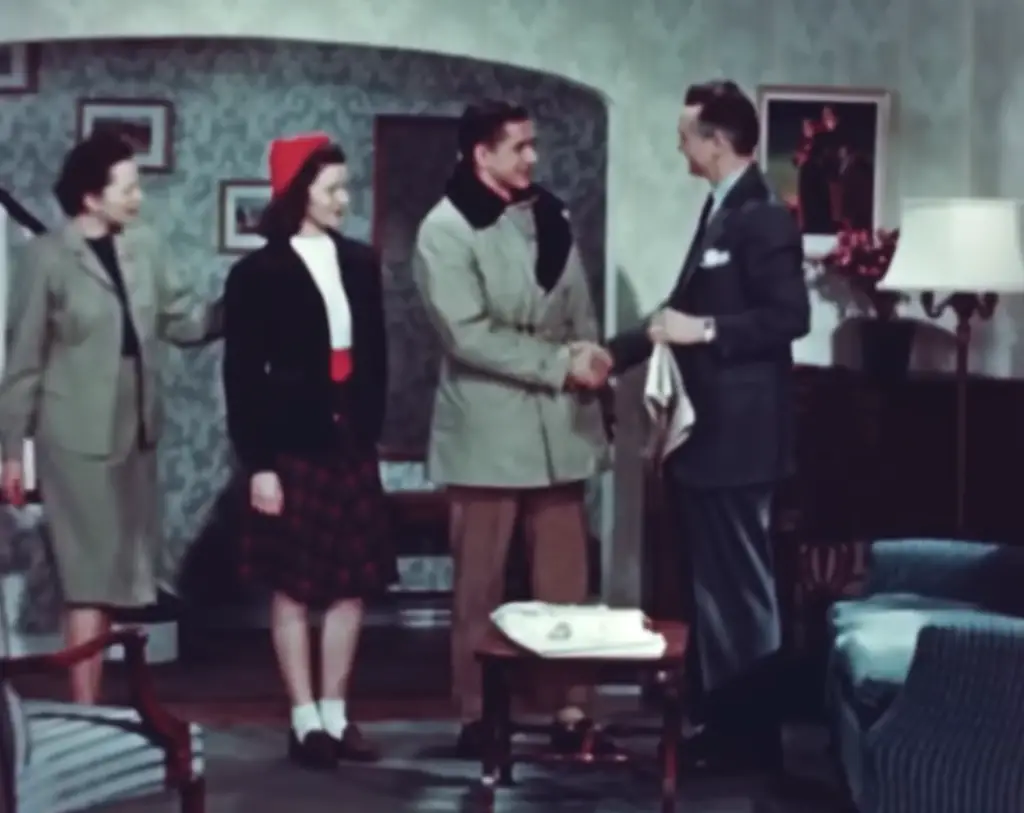
Meeting the parents wasn’t just for serious relationships. It often happened before a first date. A young man’s handshake and charm were his ticket to take the girl out, under the watchful eye of Dad.
4. Curfews Were Strictly Enforced
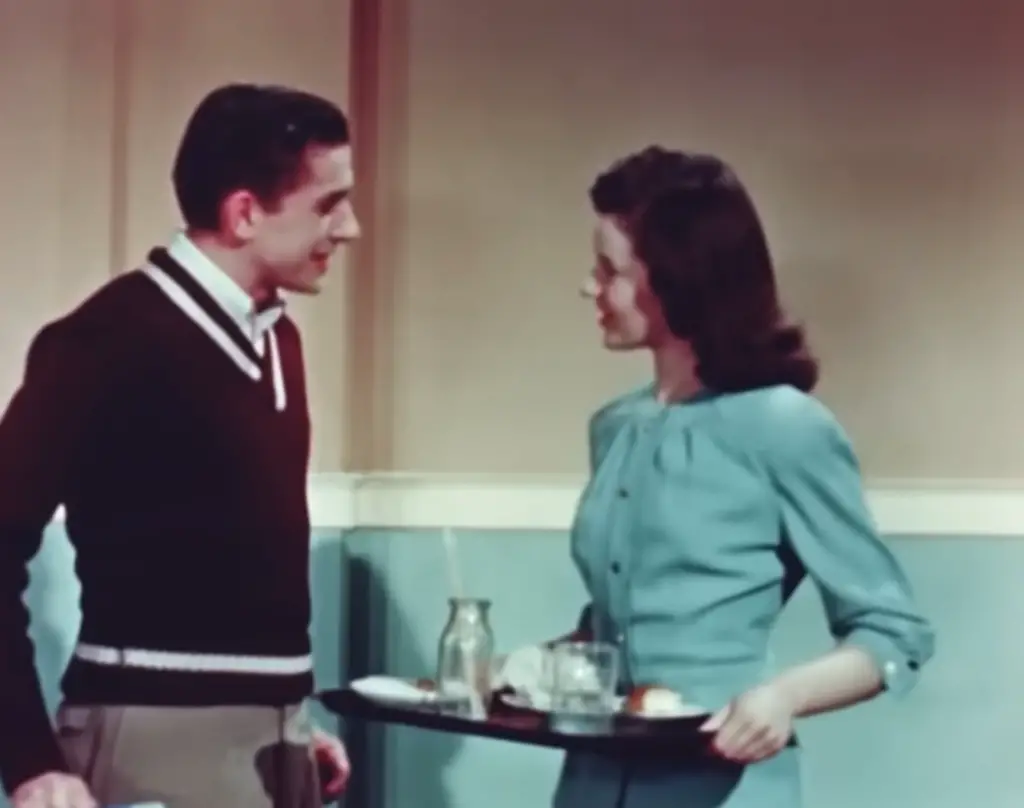
A girl’s curfew was set in stone. Parents made sure their daughters were home at a reasonable hour, and being late wasn’t just rude—it could ruin her chances of future dates.
5. Dates Were All About Formality
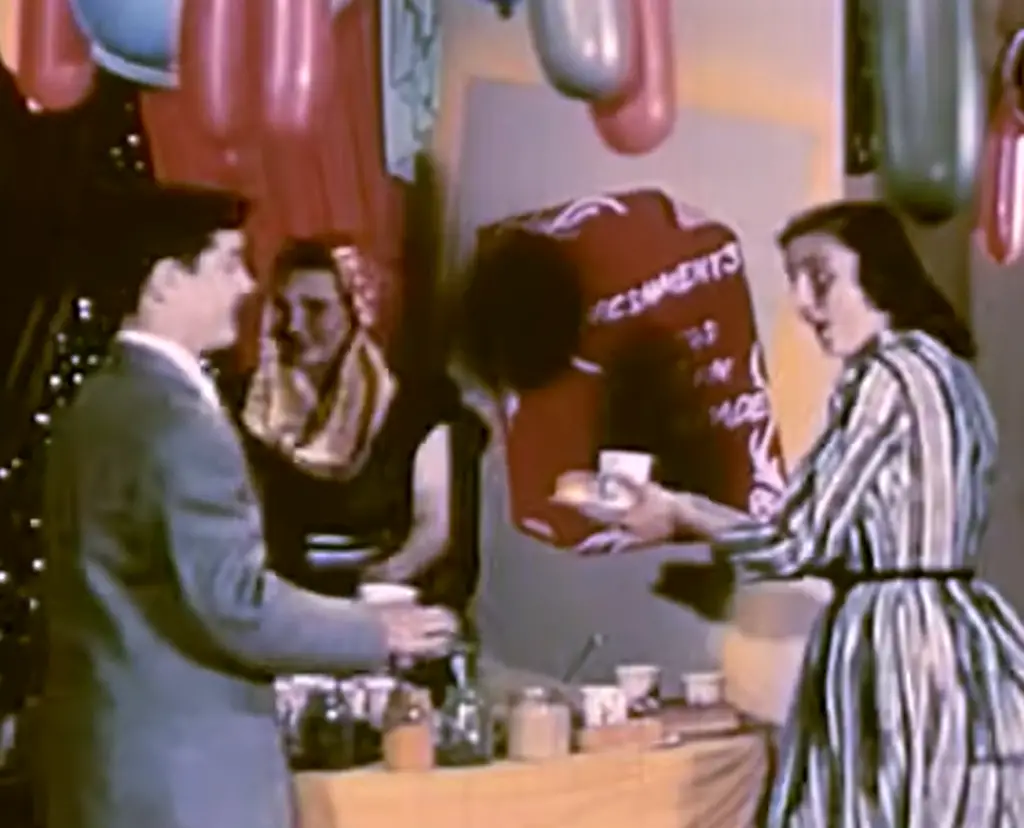
Dressing up was non-negotiable. Men wore jackets and ties, and women wore skirts or dresses. Even casual outings had a polished, put-together look that reflected the seriousness of the occasion.
6. No Date Without a Proper Plan
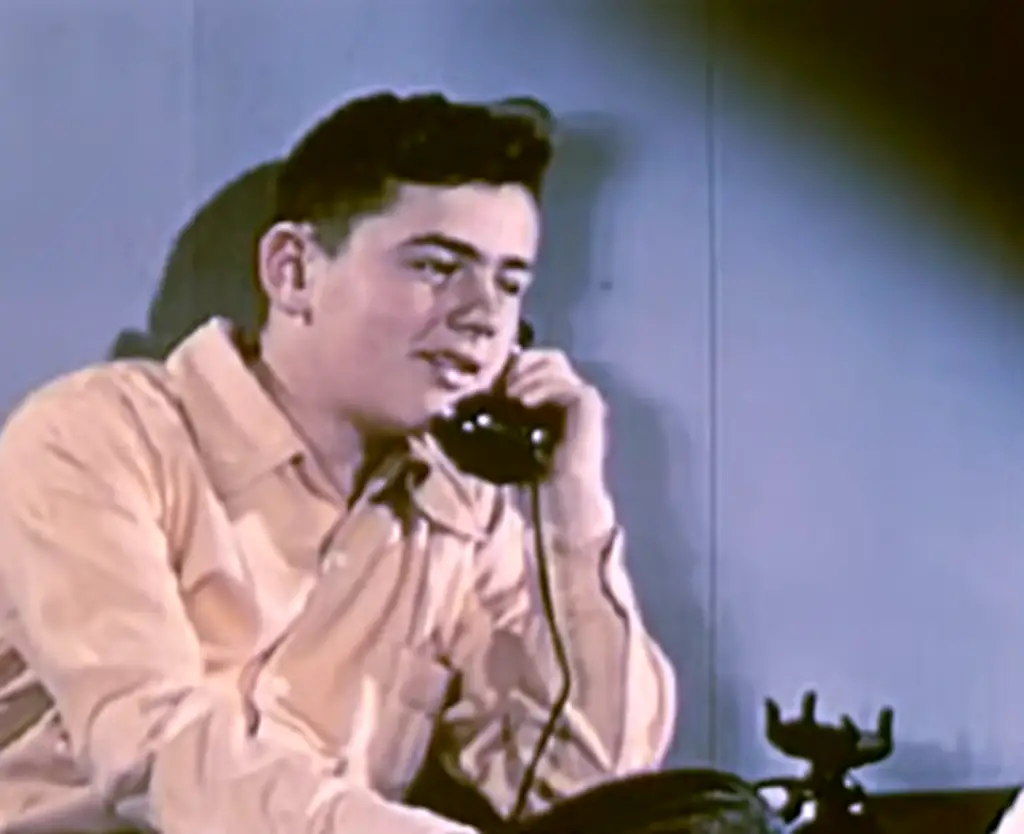
A boy couldn’t simply say, “Let’s hang out.” He needed a clear plan: where they were going, what time they’d leave, and what time they’d return. Spontaneity wasn’t part of the equation.
7. Going Dutch Was a No-Go
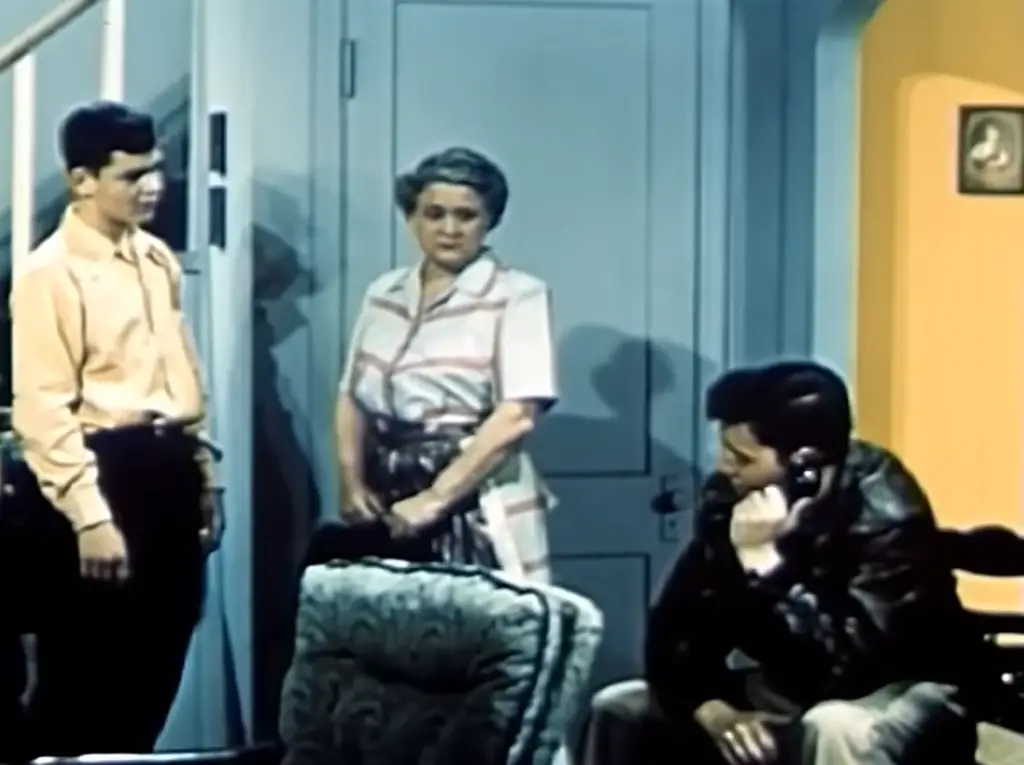
The boy paid for everything—period. Splitting the check wasn’t just uncommon; it was considered inappropriate. A gentleman always footed the bill, even if it meant saving up for weeks.
8. A Girl Had to Play Hard to Get
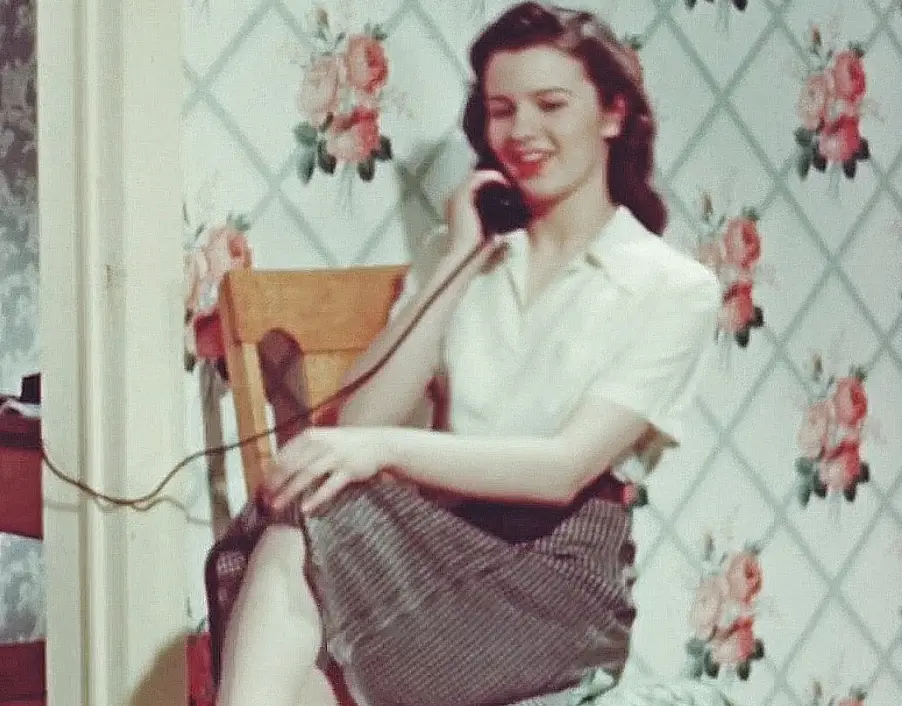
Too much interest from a girl could scare a boy off. Flirting was fine, but there was an art to holding back just enough to keep him intrigued without seeming uninterested.
9. Dates Were Public, Not Private
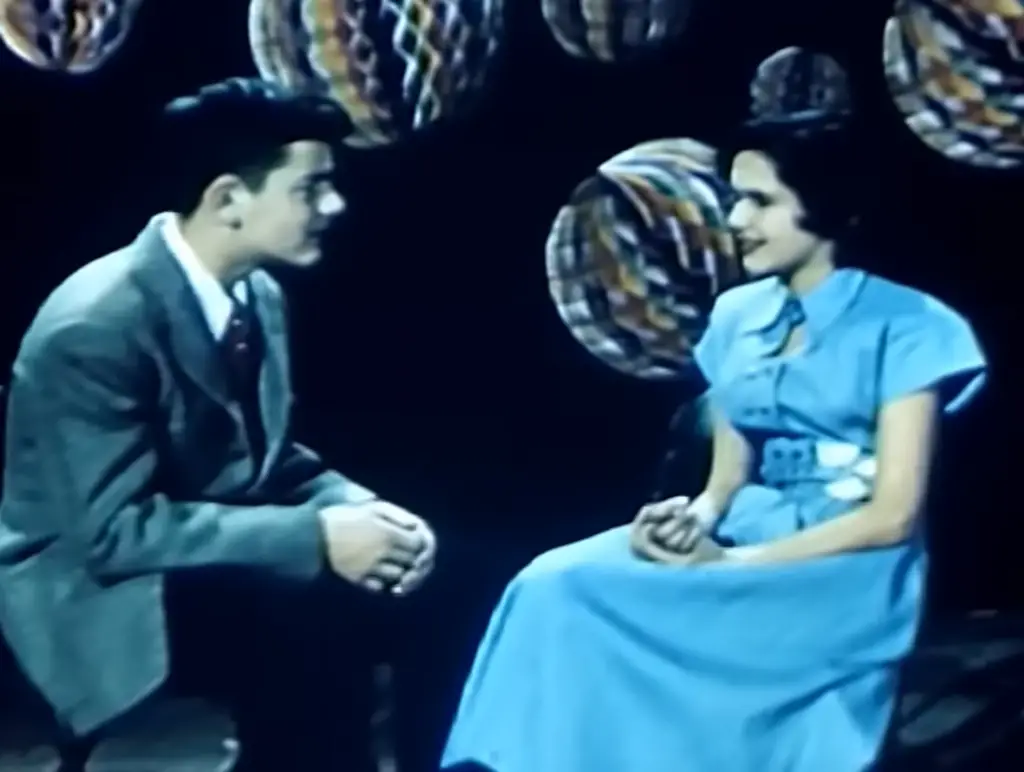
Going out meant exactly that—no Netflix and chill, as private spaces were generally off-limits. Most dates involved activities like movies, roller-skating, or grabbing a milkshake at the local diner.
10. Chaperones Were Sometimes Required
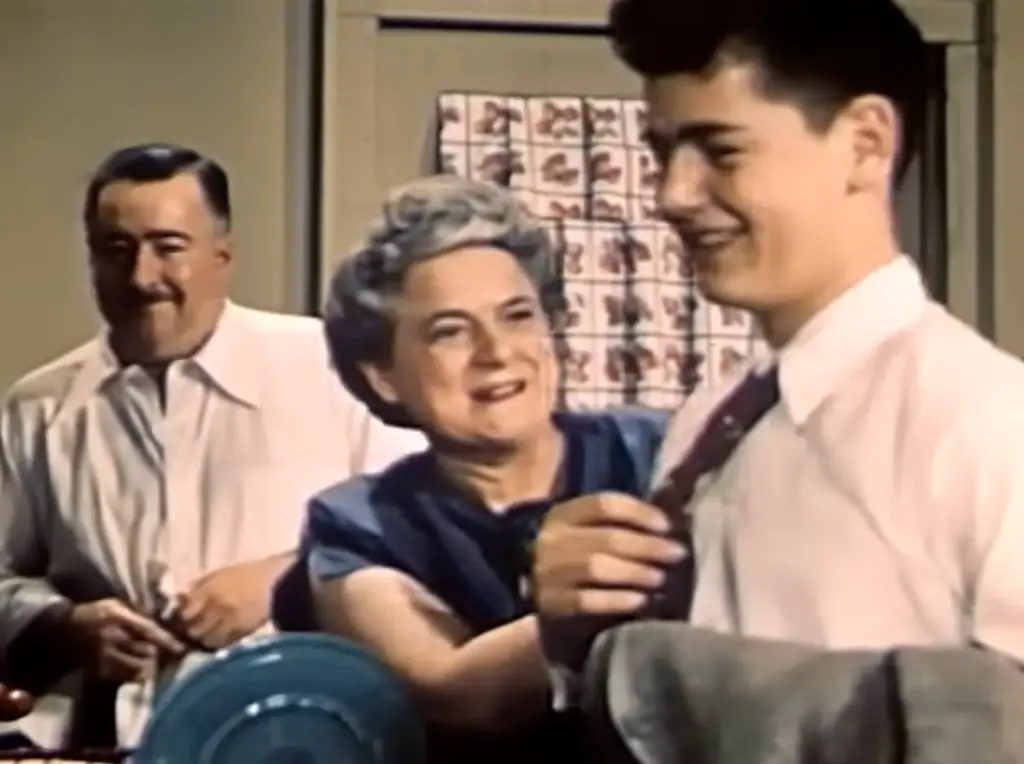
For younger teens, a chaperone might tag along to ensure the date stayed wholesome. Whether it was a sibling or a parent, having an extra set of eyes was a surefire way to keep things PG.
11. Handholding Was a Big Deal
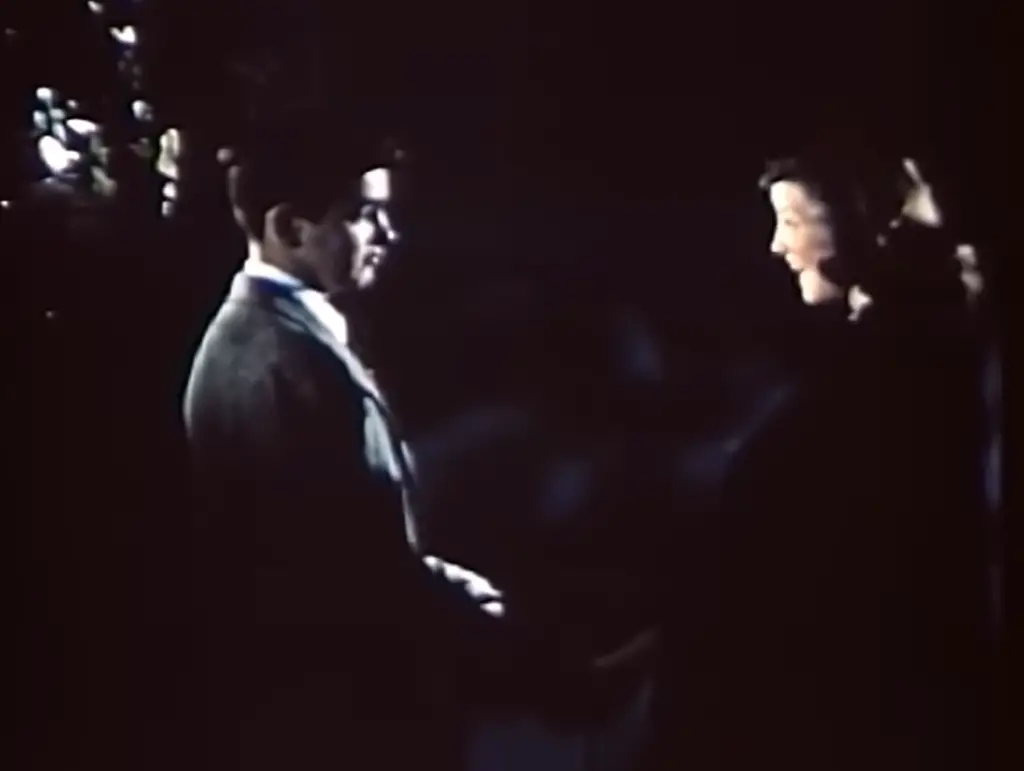
Physical affection was approached with caution. Holding hands or sneaking a quick kiss at the end of the date could set hearts aflutter and lead to post-date gossip among friends.
12. Double Dates Were a Safety Net
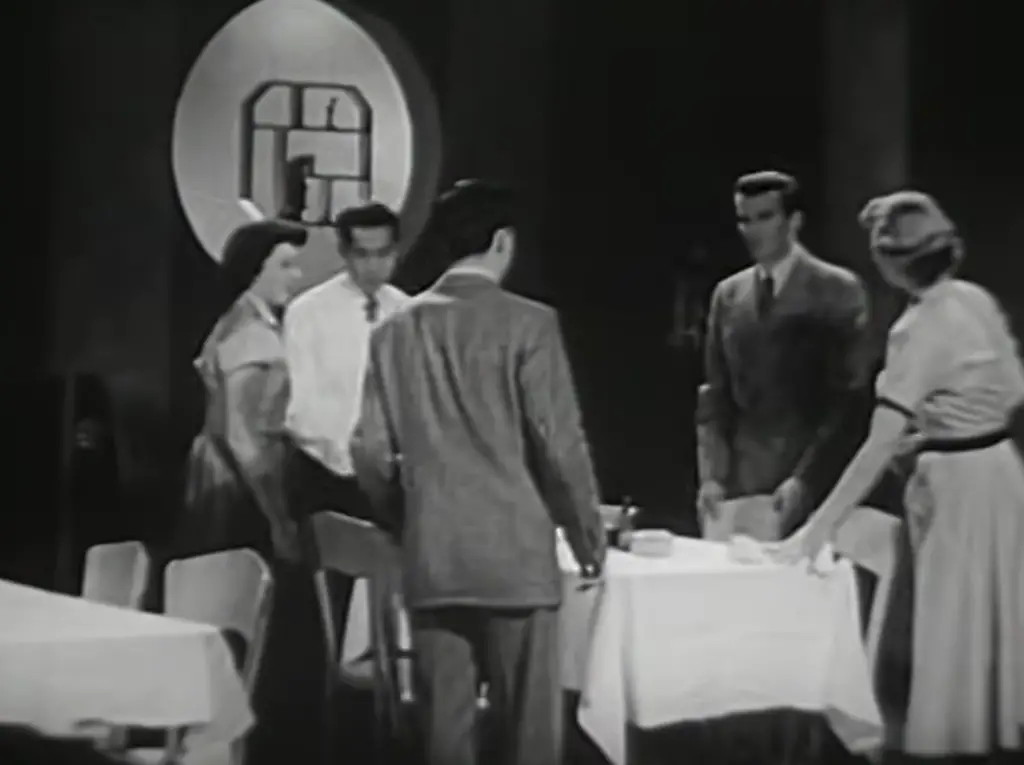
If you were nervous about a first date, doubling up with another couple was the solution. It made things less awkward and offered a buffer if the chemistry wasn’t quite right.
13. Telephone Etiquette Was Paramount
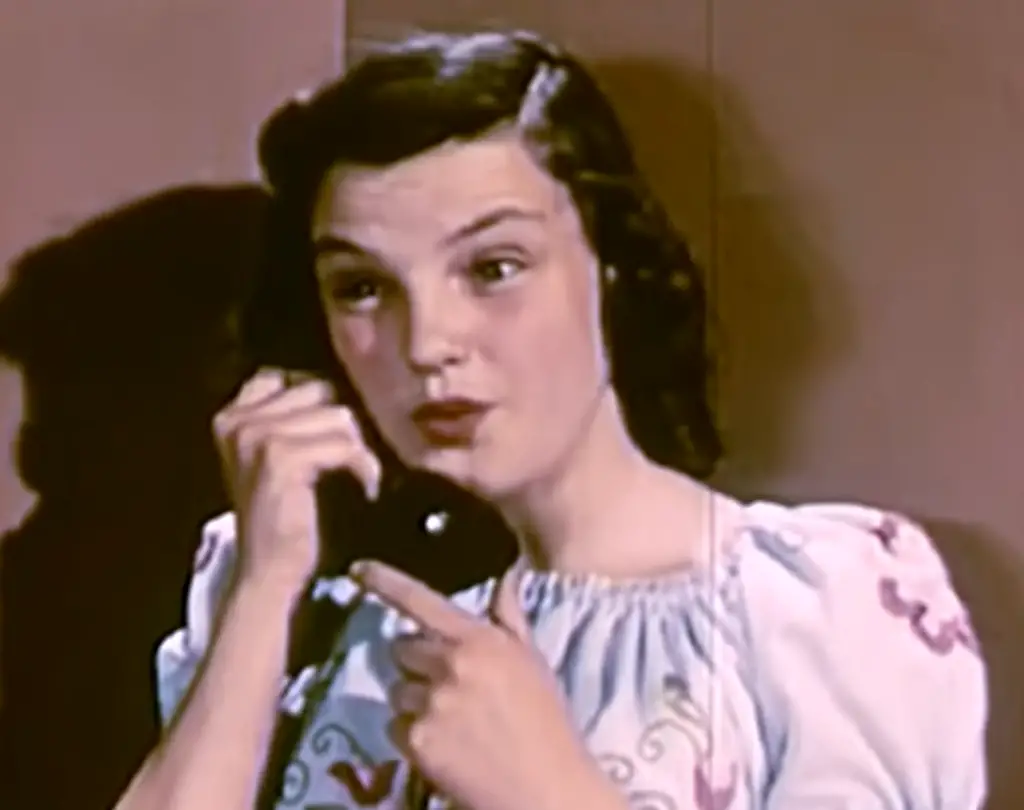
When calling a girl, the boy had to navigate the tricky waters of possibly talking to her father first. A polite introduction and quick explanation of his purpose were necessary before he could ask for her.
14. The “Three-Date Rule” Meant Something Else
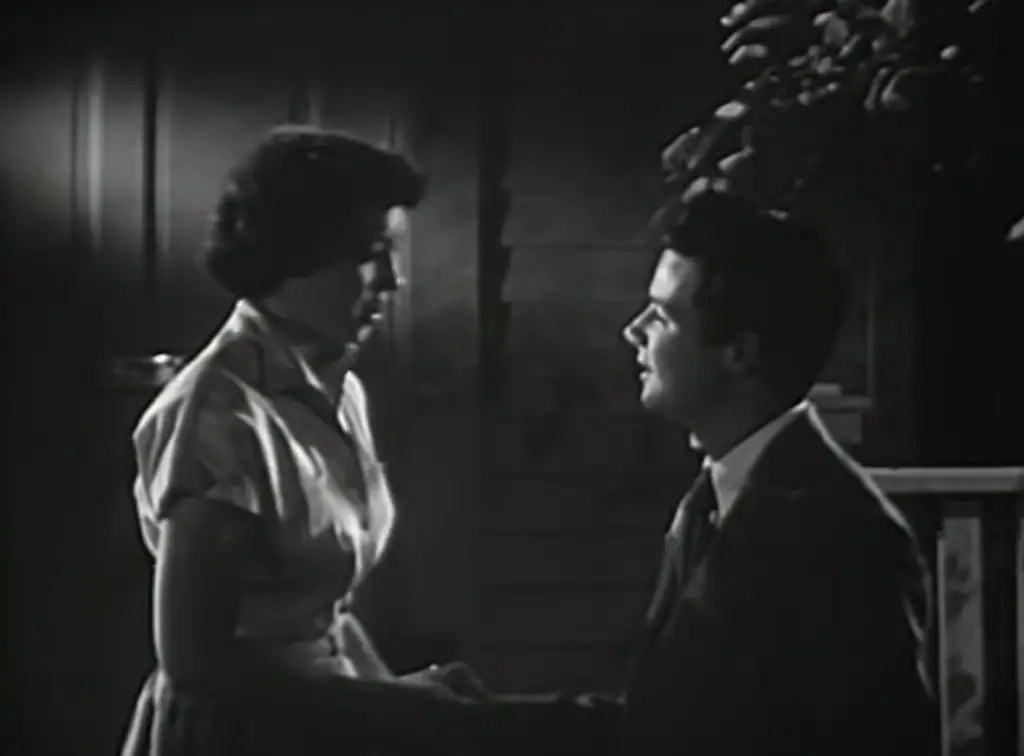
Today, the “three-date rule” has a different connotation, but in the ’60s, it meant you were officially “going steady” if you’d been on three successful dates. That was the milestone to watch for.
15. “Pinned” Status Was the Goal
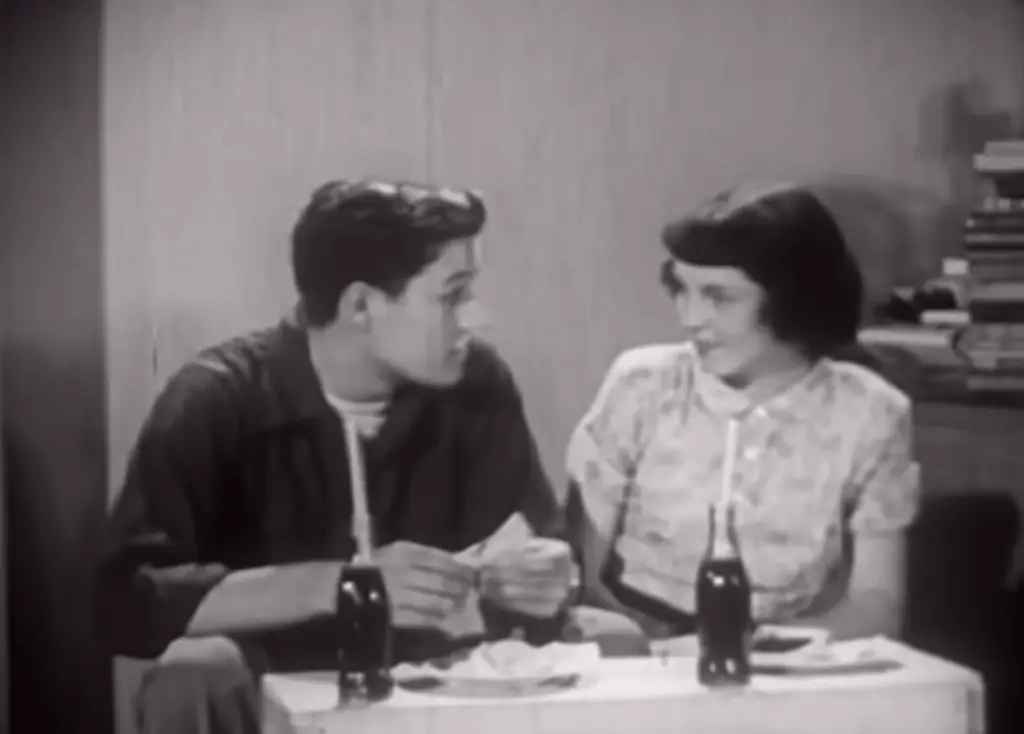
If a couple decided to go steady, the boy would give the girl his fraternity or club pin as a sign of commitment. It was the 1960s version of making it Facebook official, and girls wore these pins with pride.
Romance in the 1960s came with its own set of unique challenges and charms. While some rules feel overly restrictive today, they paint a nostalgic picture of a time when love was wrapped in formality and tradition. What do you think about these dating rules? Would they have worked for you, or do you prefer today’s more casual approach?


